Hour 3: Basic Rules and Knowledge: Movement
Today I'd like to talk about the basic rules and knowledge you'll need in regards to controls, movement in particular.
Joystick and Buttons
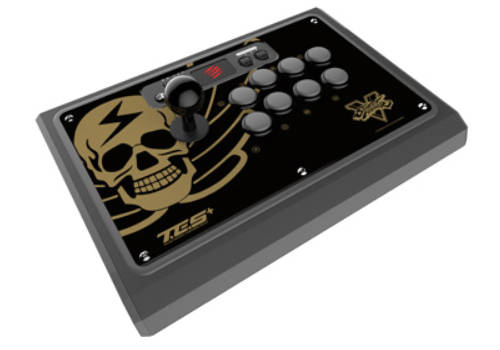
Though SF is originally a game that uses the joystick and buttons, you don't have to stick to that when playing at home. There are plenty of good joysticks out there now, but back in the day we weren't so fortunate, so we played and refined our skills using the controller. There are certain aspects of the game where I'm actually better on pad.

Input Devices and their Roles
The joystick moves up/down/left/right, and the 45 degree directions in-between each, which makes for 8-way movement.
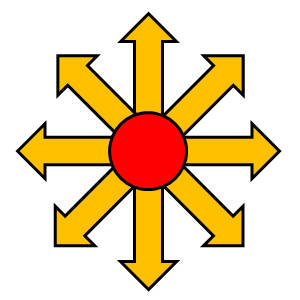
Leaving the joystick as-is (no input) is considered the neutral state.
Note:
Action games aren't just about pushing buttons to attack. There's also plenty of movements, such as jumping and blocking attacks. However the first Street Fighter game had a pretty unique cabinet*1 setup.
1: The video game machines found in arcades are commonly called cabinets.

There are a lot of buttons to press in SF games and it can certainly seem daunting, so I think it's best to narrow it down at first. This is something I want to address later in a lecture about how to start the game, but essentially you can start off by learning the fundamentals of a single button. In some games, you can fight somewhat normally with even just that one button.
While there are a lot of things you can utilize, which makes it difficult to master, when you gain a deeper appreciation of the depth of a certain button and can start using it regularly, it makes things all the more interesting.
The Basics of Universal Movement
The diagram below illustrates the movement possibilities upon joystick input.
 As you can see, inputs except for the down directions will move your character in some way. These elements will all connect to the explanation regarding defense, so let's take a good look at them.
As you can see, inputs except for the down directions will move your character in some way. These elements will all connect to the explanation regarding defense, so let's take a good look at them.Forward Movement - Walking
The things I want you to remember in regards to walking are...
-- You're not defenseless while walking.
-- Characters have different walking speeds.
-- Walking backwards is usually slower than walking forwards.
Walking may not make a huge impression on you, but it's of the utmost importance.
You can tell how good a player is just by watching them walk.
Walking is the movement method in which the most detailed adjustments take place, making a deep part of the game that is hugely important.
Jumping
The things I want you to remember in regards to jumping are...
-- Jumping distance is fixed, and you cannot change your jump arc in mid-air.
-- Jump height, distance, and duration changes depending on the character.
-- You are basically defenseless during a jump.
This may change depending on the game and the character, but these are the basics.
While jumping is something that's high-priority for attacking, in SF you can also think of it as a very risky defensive movement as well.
Crouching
Crouching is an important part of defense, which we'll talk about in the defense article, but for now, let's just leave it at - even if you input diagonally down, your character ultimately crouches.
Unique Movement Actions
Dashes
The things I want you to remember in regards to dashing are...
-- Unlike walking, you are vulnerable while dashing.
-- Dash speeds and distances differ by character.
The fundamentals of dashes are that while it's a way to quickly cover ground or retreat, you also take on the risk of opening yourself up to attack.
While back-dashing will often have invincibility frames or can serve as an evasion maneuver in various games, here I'd just like to talk about the movement properties. We'll address those other things at another time.
Additionally, if you quickly input down and then up, your character can perform something called a high jump. However the only SF game in the main series to utilize high jumps was SFIII, so as much as it pains me to do so, I won't address it here.
Learning the Lingo: Types of Jumps
Forward Jumps: A lot of people just call this a jump. So it's one of those things where you're going to have to pay attention to the context of how it's used. You may hear things like "stop jumping at your opponent" or "use a jump to get in."
Backwards Jumps: Back jump, but some people also call it a runaway jump since it's primarily used to put some distance between you and your opponent. So you might hear "chase down his runaway jumps" or something like that.
That covers the basics in regards to movement. See you again soon!
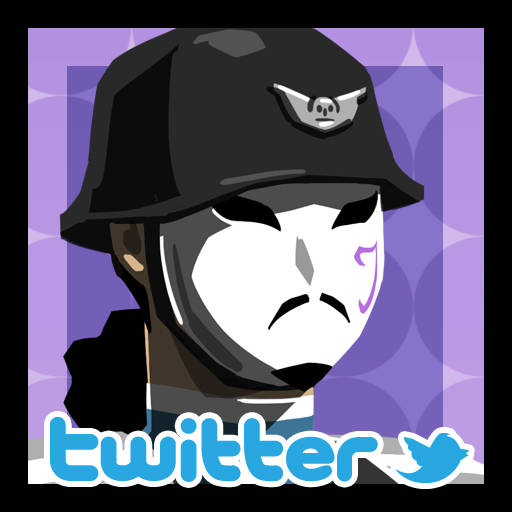
Writer
【 音量を調整してお楽しみください 】
※メッセージは1件のみ保存できます。

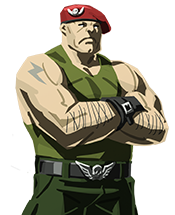

Use Twitter to communicate with other Dojo members, and challenge other fighters to a battle! A great way to sharpen your skills!
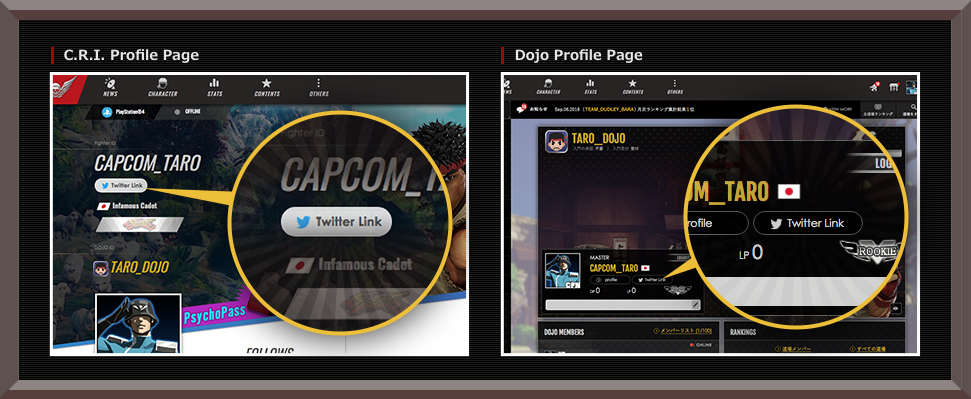

CLOSE


The Dojo is a place where like-minded SFV fans can join forces.
All you need to do is to log in to the C.R.I. to join!


-
With detailed search settings, you can find groups of all sorts of players, from casuals, to serious players, and more! Join forces with people who use the same character, or are in the same league, and work together to improve your skills!

-
Can be linked with your Fighters ID and Twitter account, giving you quick ways to communicate!

-
You can use the Dojo stage simply by joining a Dojo! Note: The Dojo stage in-game can contain aspects customized by the individual player. An individual's Dojo stage cannot be customized by anyone else, including the Dojo Master and other Dojo members.
-
The Dojo stage can be customized with items obtained in-game, and through Menat's Fighting Chance! Surprise your opponent with your own personalized stage, start the mind games before the round even begins!


-
You will accumulate Dojo Points as you regularly play SFV! * Dojo Points can be obtained from playing the Arcade, Survival, Extra Battle, Ranked Match, Casual Match, and Battle Lounge game modes.
* In one day, DP can only be obtained a maximum of 10 times for the Battle Lounge, per each difficulty in Arcade and Survival Modes, and by the total calculation of draws/losses in Ranked and Casual Matches. -
The Dojo Ranking is calculated from the total Dojo Points from all the Dojo members. Work together with your friends to increase your Dojo ranking!
-
Dojos that earn the top ranking spot will get special Dojo items! Display them in the Dojo and show off to your opponents! Dojo Rankings will begin from October, 2018!
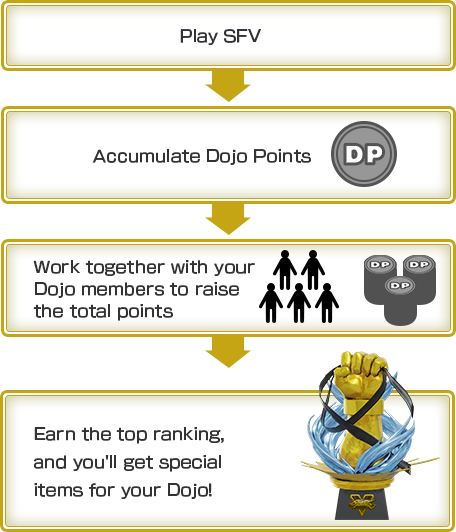


You must log in in order to utilize this Dojo.




In the basic settings, set the Join Authorization to "Not Needed," Join Requests to "Accepting," and the Maximum No. of Members to "100," and you can get a wide range of members! The more members, the bigger the chance you have to get a lot of Dojo Points!
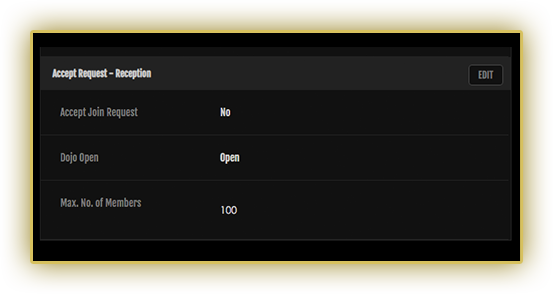

Be strict with your desired league and LP ranking settings to gather similar members, and work together to polish your skills! A direct path to realizing your dreams!


An excellent method to increase communication opportunities. Speaking with your fists isn't the only way get your point across!




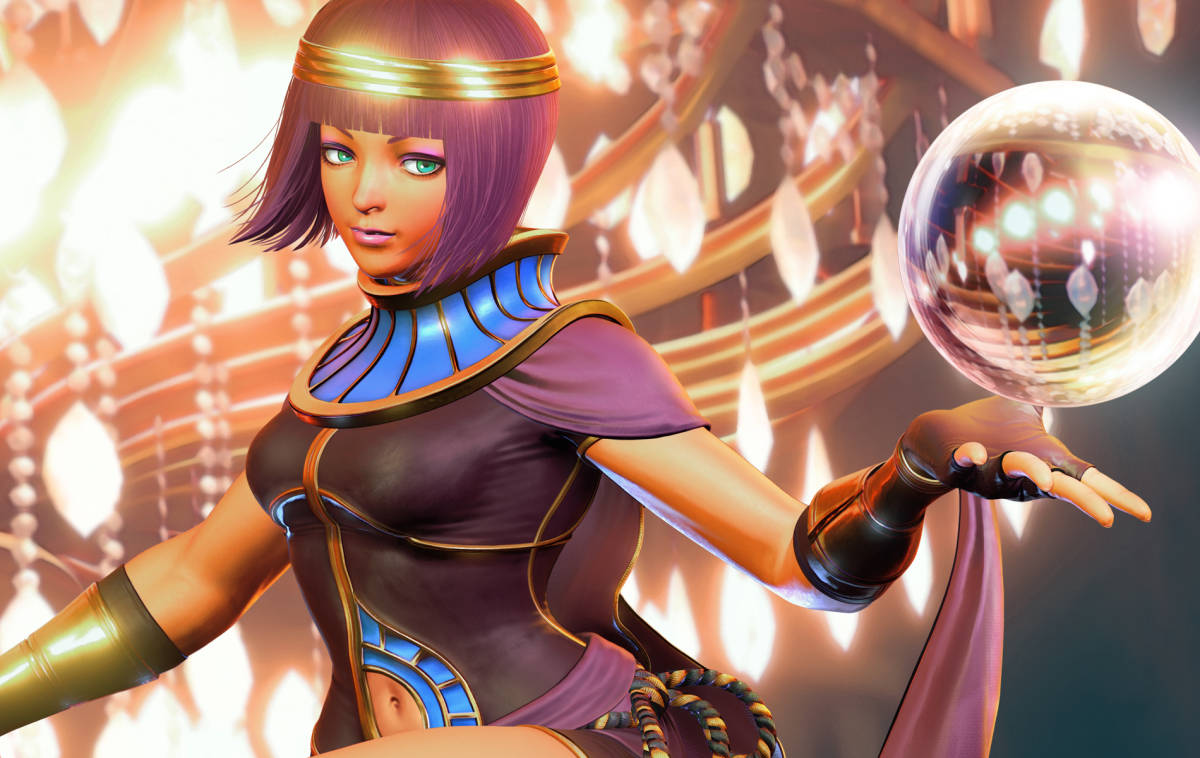

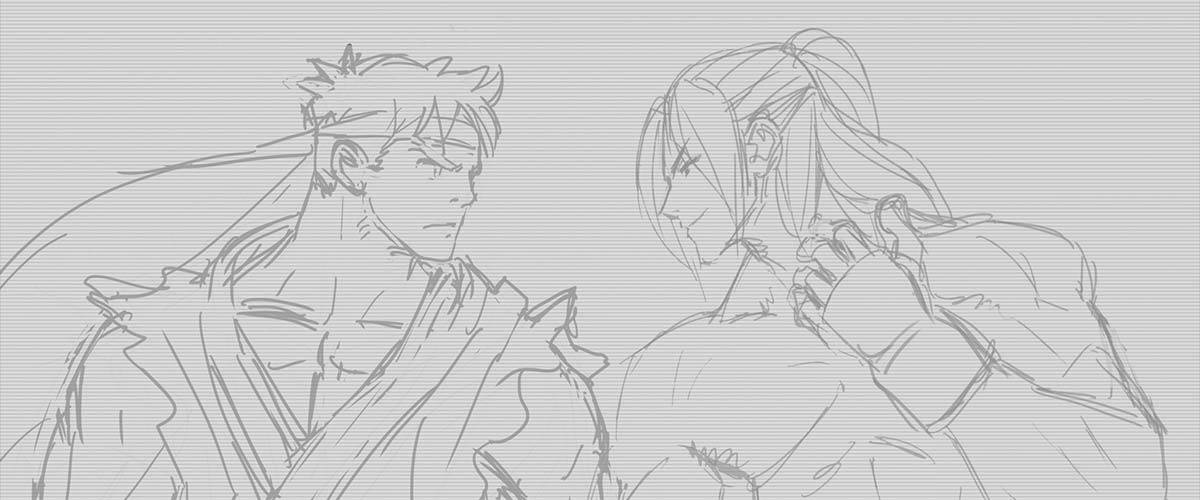

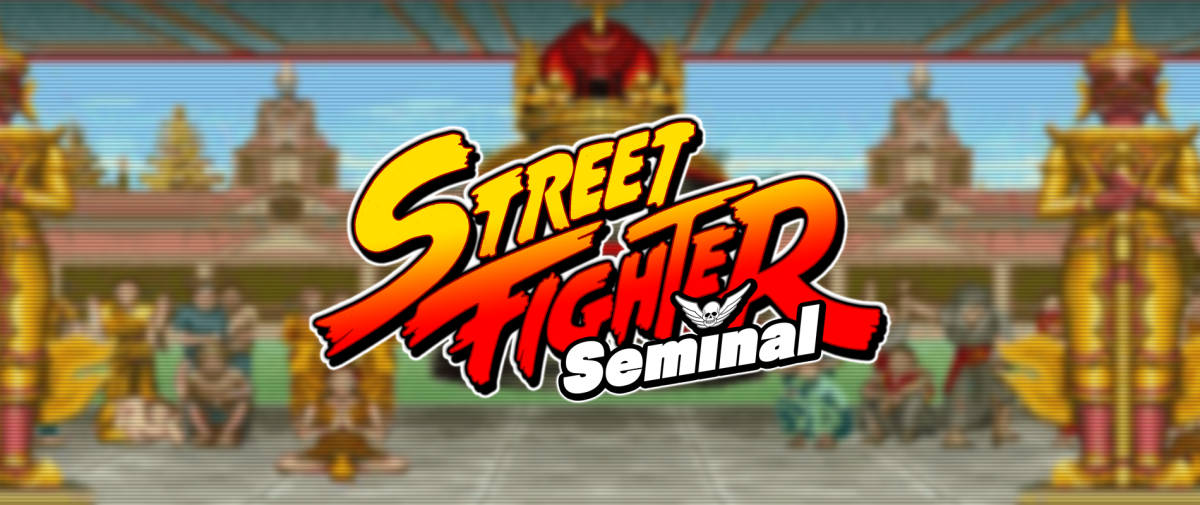


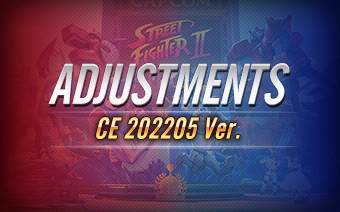
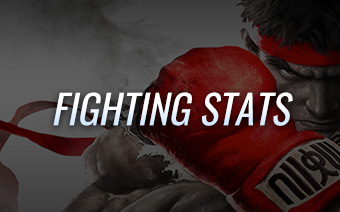
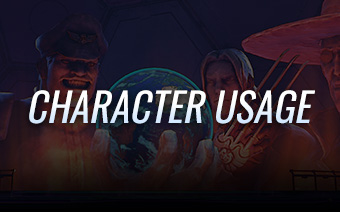

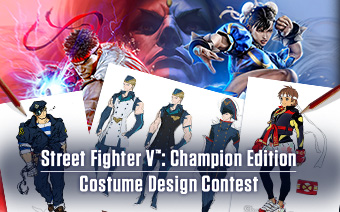







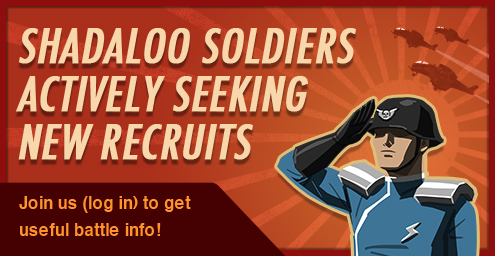



 PlayStation and
PlayStation and